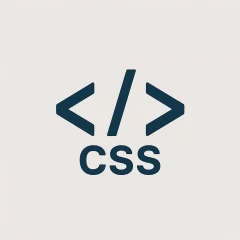I’ve styled more tables than I’d like to admit. Menus, grade sheets, bug lists, even my kid’s soccer stats. And you know what? Table borders can look clean and tidy… or like a spreadsheet from 1998. I’ve done both. Let me explain what worked for me, with real code I used on live pages. For the full blow-by-blow version of the experiment, you can check out the original write-up on CSS Menu Tools.
Quick take: the good, the bad
- Good: fast, clear, easy to read
- Good: prints well if you set colors right
- Bad: double borders can show up if you miss one tiny rule
- Bad: thick borders look loud on phones
- Weird: rounding corners with collapsed borders can act fussy
If you ever need to build a side-by-side comparison table—say, evaluating different discreet-dating platforms for an article—the data can get pretty personal and nuanced. I once mocked up a chart using pros, cons, and membership costs pulled from this thorough Ashley Madison review that dissects everything from pricing tiers to privacy features, making it a goldmine of structured info you can plug straight into a polished grid.
Following that project, I pulled together another dataset for a regional sugar-dating overview. The most interesting source was a Chandler-specific piece—check out this in-depth look at Sugar Baby Chandler which lays out local arrangement expectations, cost breakdowns, and safety tips, making it the perfect pool of well-organized facts to drop into a demo table and test out advanced border styles.
For an instant playground to experiment with menu-style borders and live previews, I sometimes hop over to CSS Menu Tools and tweak settings before pasting them into production.
Alright, let’s build from simple to nice. For a broader refresher on table aesthetics, MDN’s step-by-step guide to styling tables with CSS is a handy companion.
The classic “grid” that just works
… (rest of article unchanged)
